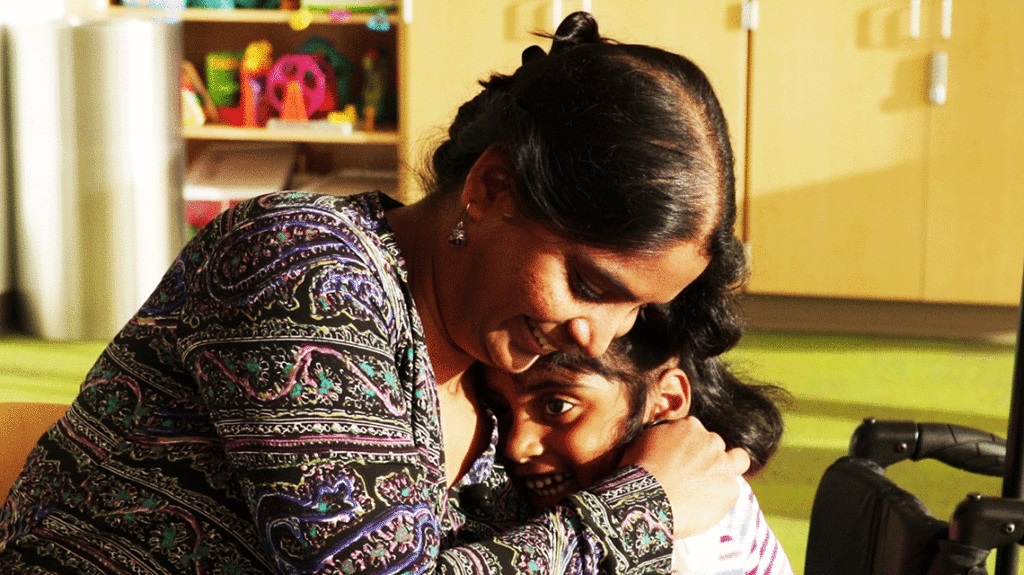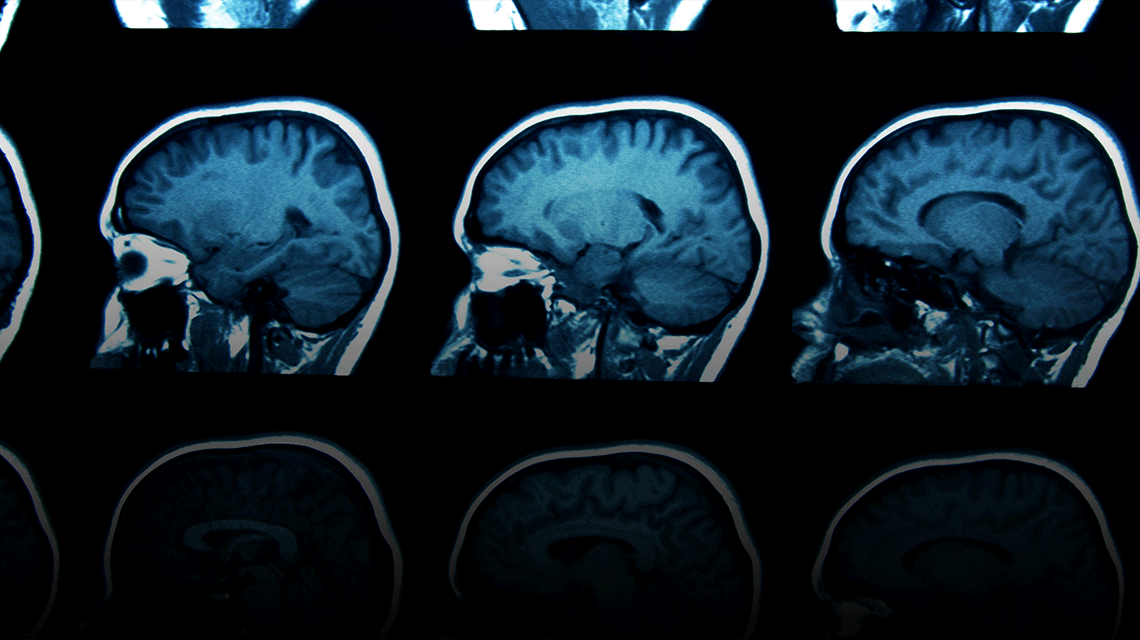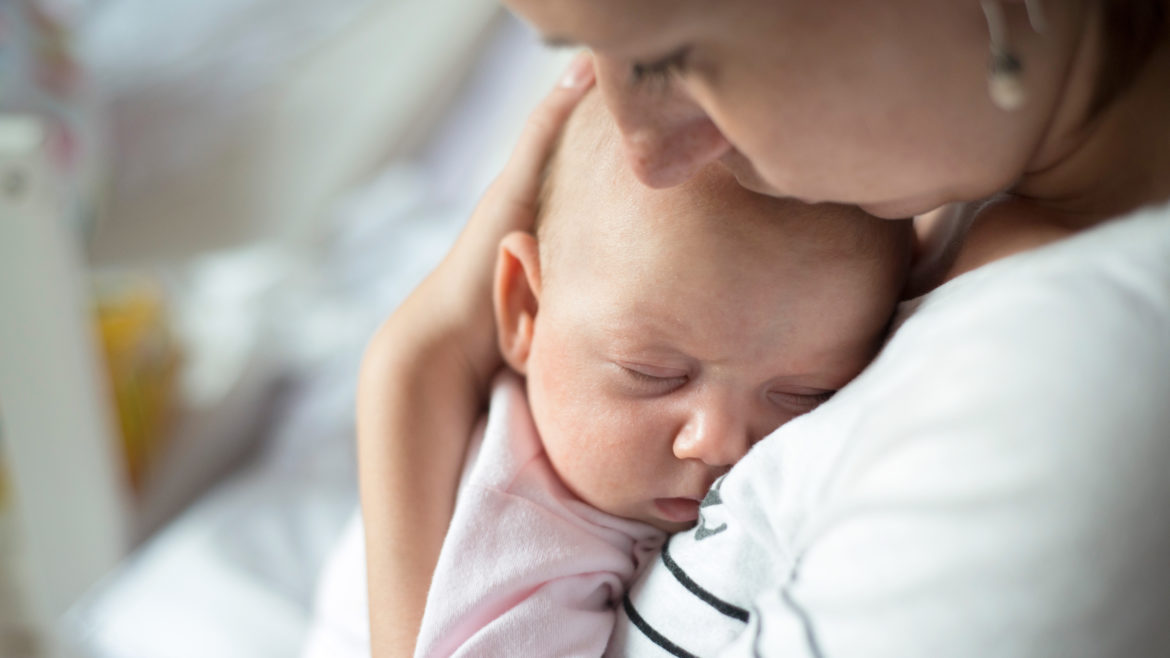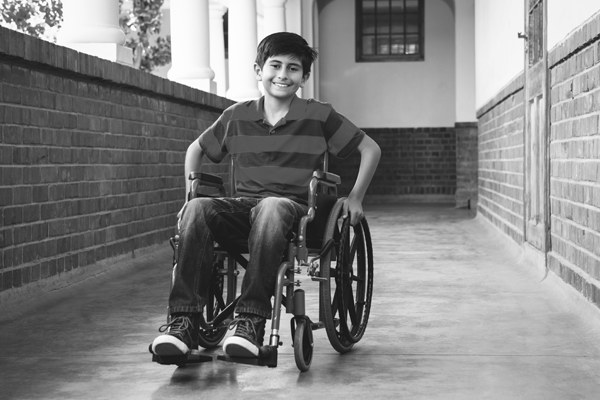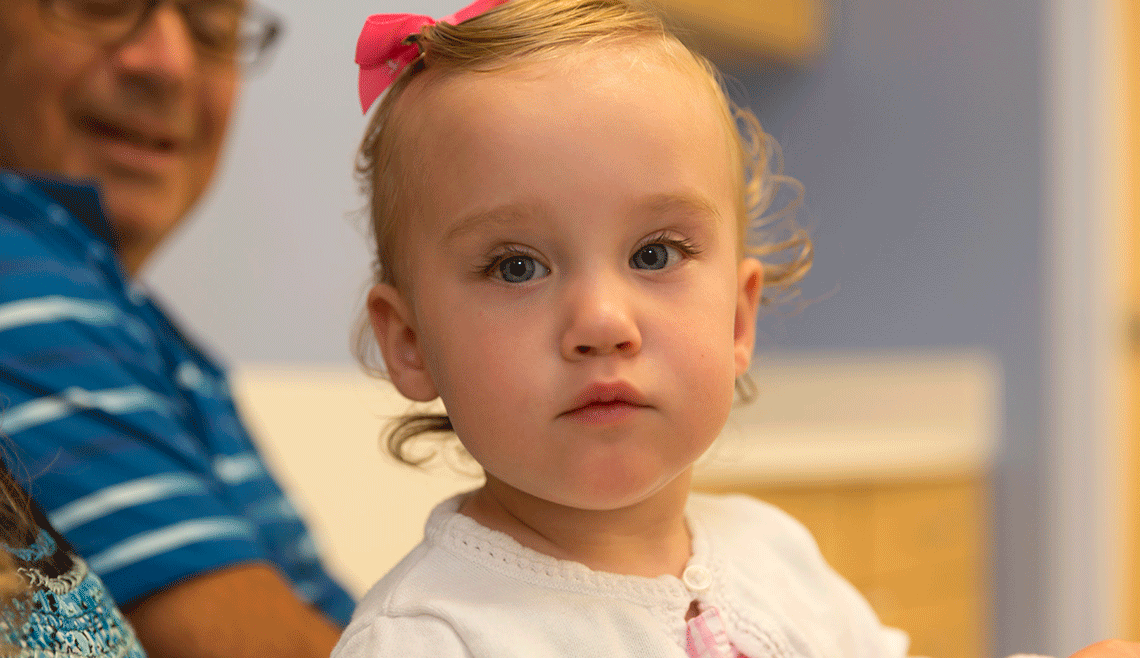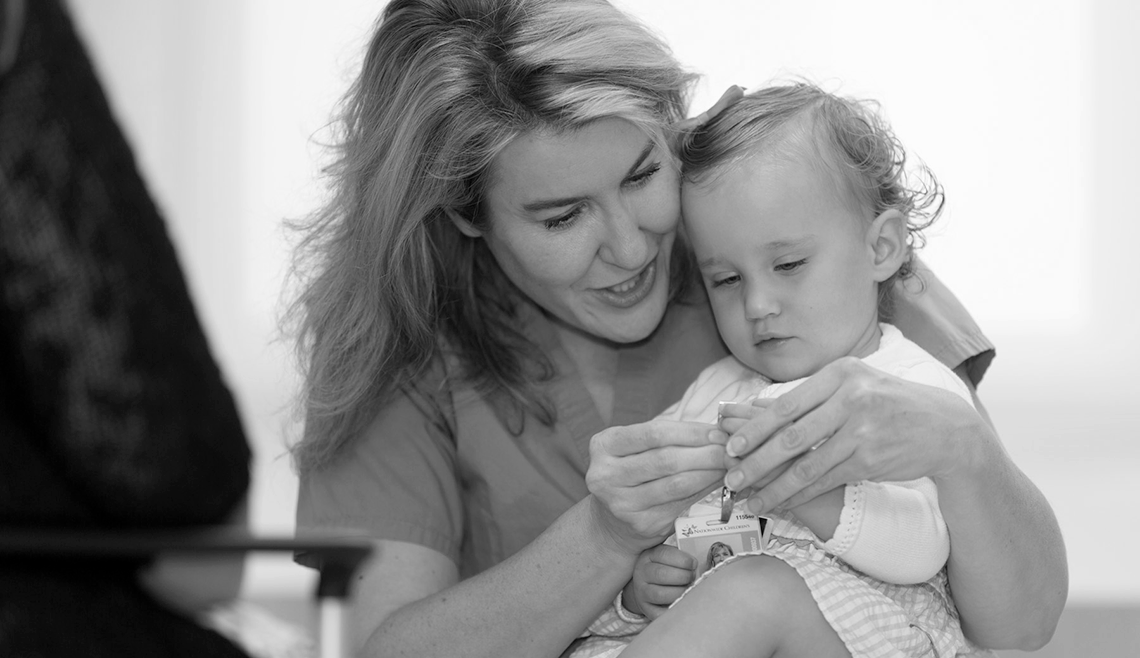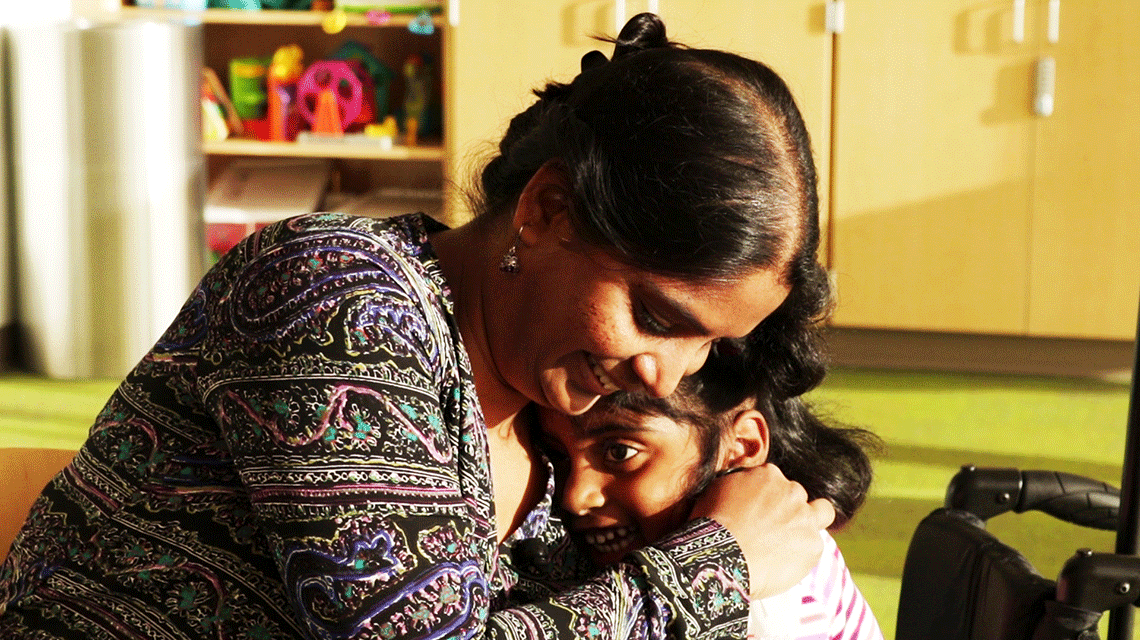Bridging Gaps in Cerebral Palsy Treatment
Bridging Gaps in Cerebral Palsy Treatment https://pediatricsnationwide.org/wp-content/uploads/2023/09/3-hug-header-1024x575-1.jpg 1024 575 Erin Gregory https://secure.gravatar.com/avatar/?s=96&d=mm&r=gResearchers investigate disparities in selective dorsal rhizotomy (SDR) access and follow-up care. A surgical procedure called selective dorsal rhizotomy (SDR) can help improve the lives of young patients living with cerebral palsy (CP) by reducing muscle stiffness in the lower limbs. A recent study published in Pediatric Neurology, conducted by Nationwide Children’s Hospital’s experts Jeffrey…



